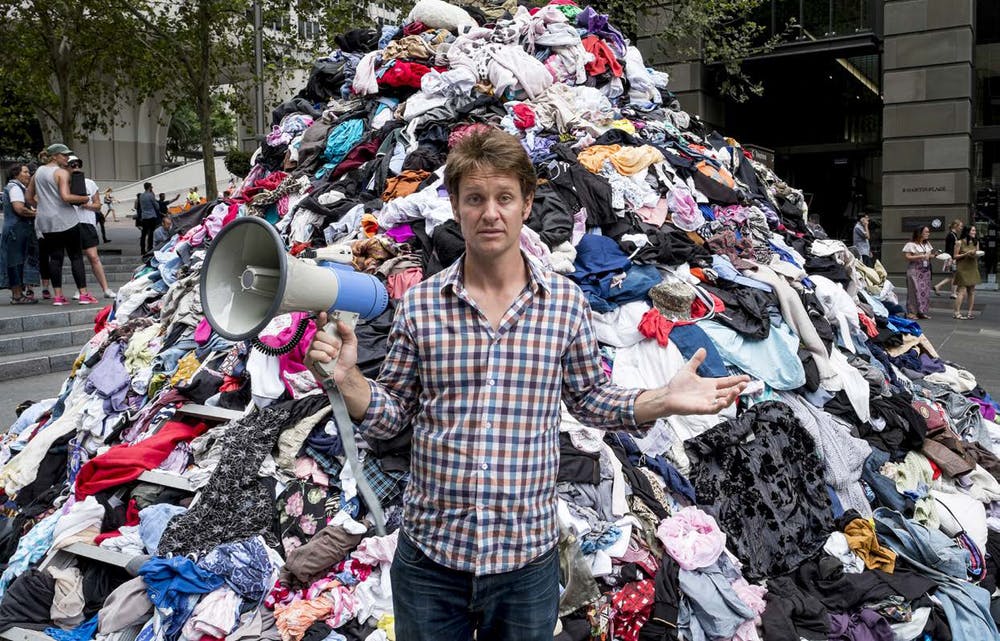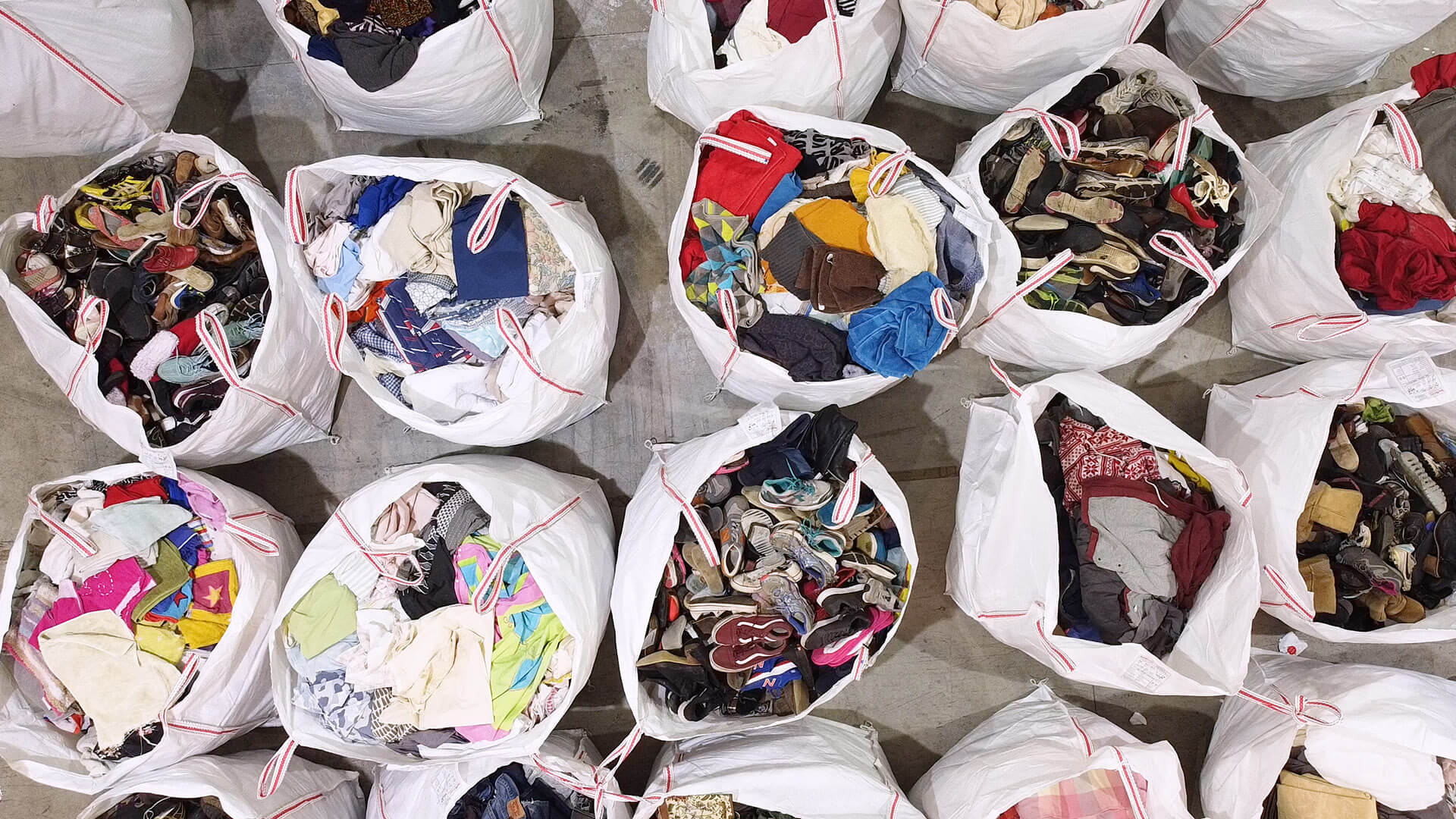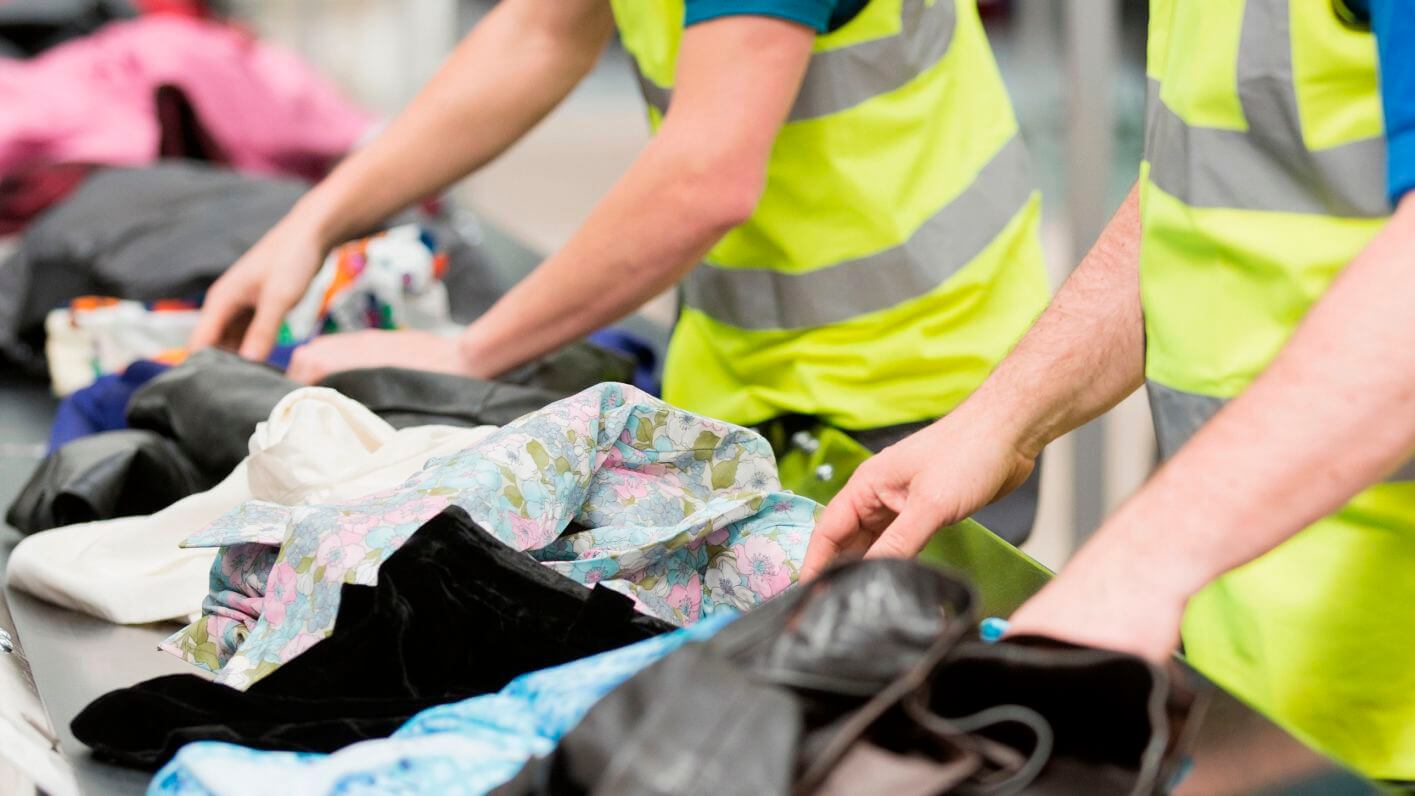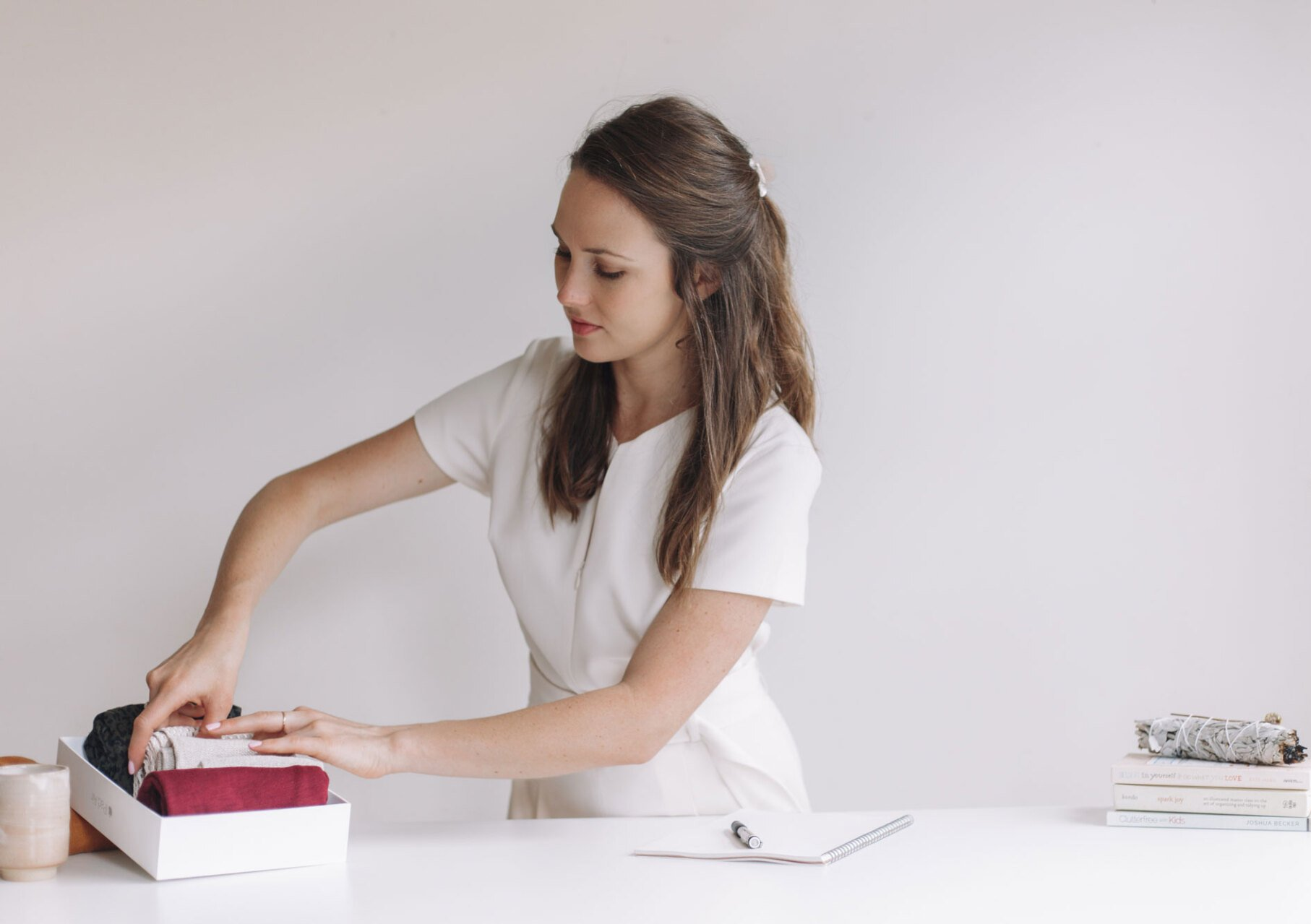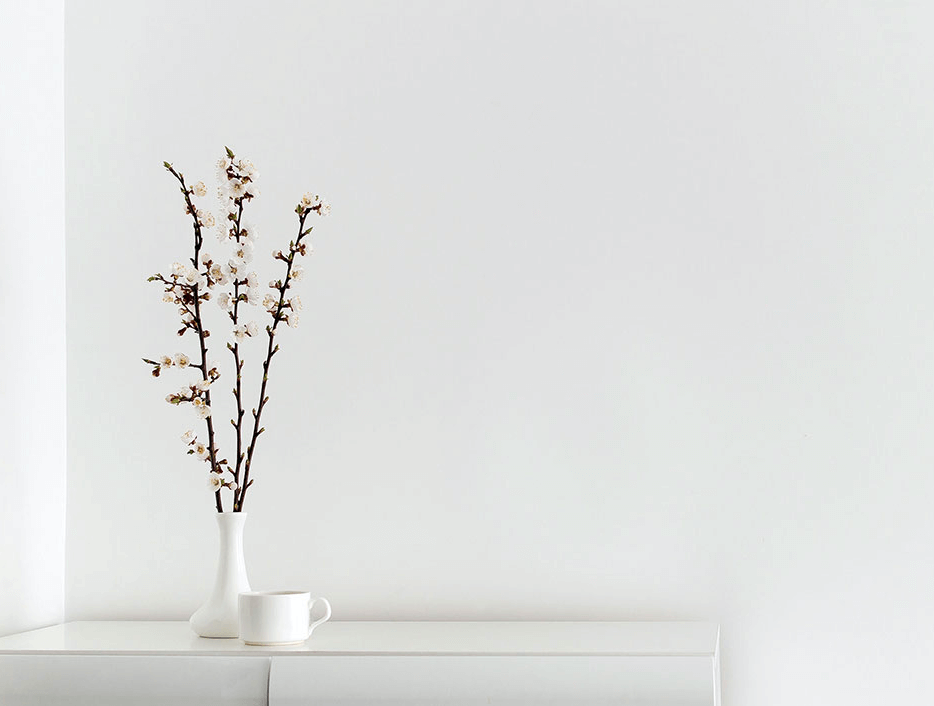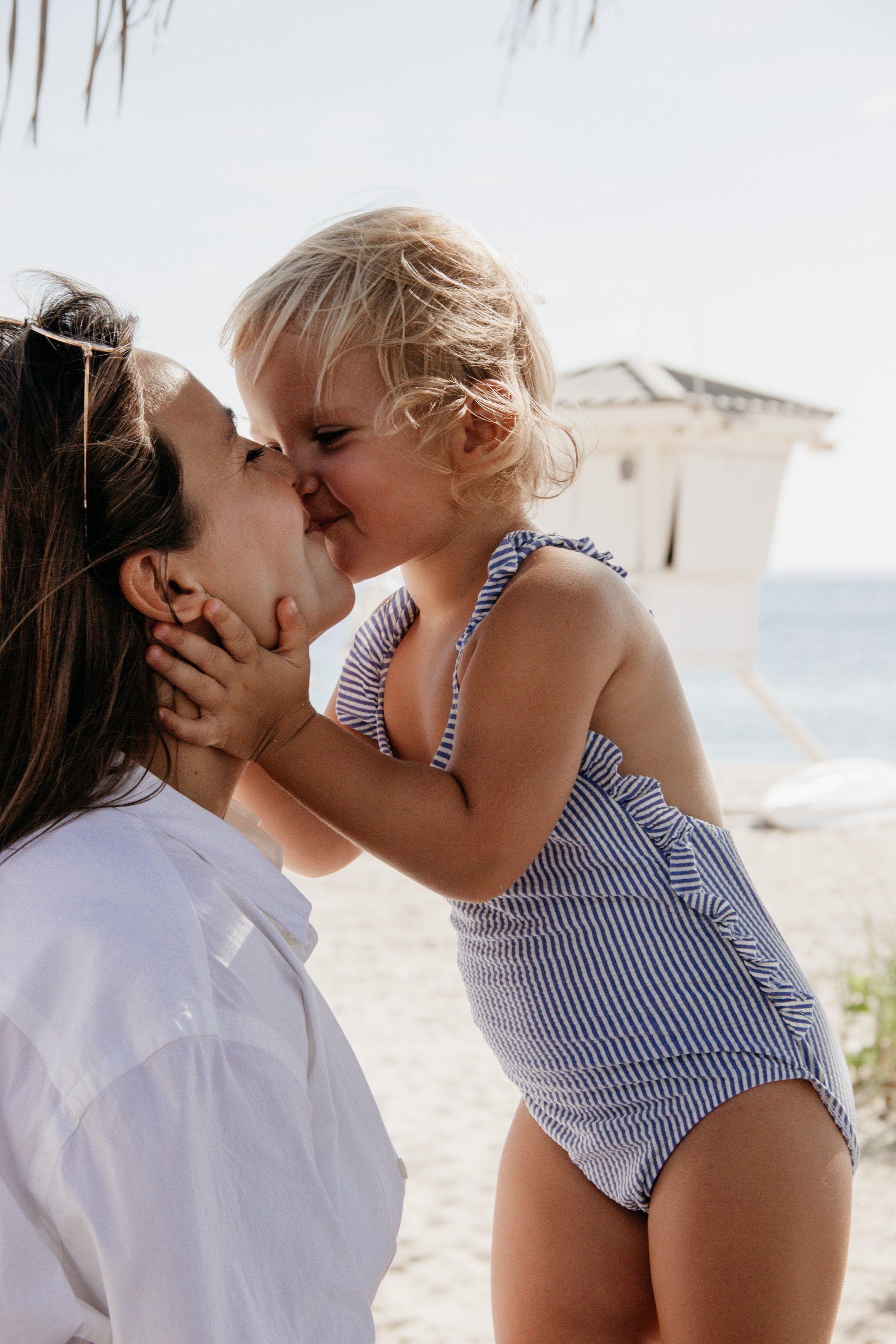Recycling Your Old Clothes In Australia – H&M vs Manrags, what you need to know
Recycling Your Old Clothes In Australia – H&M vs Manrags, what you need to know
The general rule for donating clothes is,” would someone you know buy it?” If it’s old, worn, stained or low quality the answer is likely to be no. So, what do you do with clothes you can’t donate?
We hear horrifying statistics like; “Australia throws away 6000kg of textiles every 10 minutes”, and “Australians are the second-largest consumer of textiles in the world, per capita” – so how do we change?
For many of my clients, and myself, mindful purchasing and avoiding the discount racks for a quick shopping buzz is a new habit. A lot of us have clothes hiding in the back of our wardrobes we will never wear again, but know they will not sell second hand. Additionally, most discount stores sell items at a similar price point to a charity store – so donating them is kind of like dumping the issue on someone else.
So, how to recycle your old clothes in the most sustainable way?
And is there more we should be doing about textile waste?
War on Waste ABC Series
TIP: Make sure you have maximised your selling potential and read; “The Do’s and Dont’s of Selling Secondhand Clothes” & “Selling Secondhand Clothes”
Get the Facts About Recycling Clothes
H&M, Sheridan, Zara and Country Road are just a few big retail stores now offering to give your old clothes a new life. Country Road and Zara have partnered up with charity stores and will do the donating for you.
In Australia, H&M and Sheridan have gone a little further and are trying to do good with clothes that are not good enough for resale. H&M uses an international company called I:OP who sorts clothing into donatable or recyclable clothing. I:OP ship wearable items to developing nations in need, send some fabric away to be used as rags, some to landfill and the remainder is ‘felted’ – meaning it’s shredded into small pieces of fluff and compressed to be used in insulation.
Sheridan has just partnered with Textile Recyclers Australia and is working on a similar program.
Do my recycled clothes make new clothes?
The short answer is no. Most of the textiles donated eventually make their way into a whole new industry like insulation. New clothes on the other hand are made from virgin materials, brand new fibres such as cotton, wool, bamboo etc and other resources like water. This is important to remember because while the fashion industry is doing its job to close the loop, one t-shirt in the H&M textile bin doesn’t come out as a new one.
A key problem in converting old clothes into new ones is that the textile types are mixed. Fabric like polyester makes it difficult to create new yarn.
Single material items, like a cotton t-shirt or wool jumper, are a little easier to weave into new yarn – but they must be sorted. Hence the majority of textile waste is shredded and used for insulation.
Textile sorting, Upparel
Where is the best place to recycle old clothes in Australia?
Upparel (formally Manrags). This Aussie owned business sends NOTHING OFFSHORE. That’s right – this Australian company is forcing Australians to clean up their own mess, which means we are responsible for the waste and associated carbon emissions.
Upparel is the first of its kind in Australia. They work with charity partners to recycle what can be reworn, sort the unwearables into colour and fabric, and recycle the rest. In partnership with local businesses, they create new yarn from recycled textiles as well as use the ‘felting’ method to create filling for mattresses, pet beds and home insulation.
My ranking for textile recycling in Australia is:
- Upparel
- Sheridan
- H&M
Textile sorting, Getty Images
Clothing Recycling is not Guilt-Free
Okay, so textile recycling is good and we need it – but it is not a golden ticket to buy more. Recycling takes a lot of energy, water and precious resources. The most sustainable thing we can do is to look after the clothes we have, and become conscious consumers.
Here are my top tips for getting the most out of the clothes you you have, and limiting your textile waste 🙂
5 Ways To Get More Wear From Your Clothes
- 1. Wash less.
Yep, that’s right. Stop washing clothes just because they are on the floor. Try giving your not-so-smelly hardly worn clothes a little air, fold them up and put them back in the wardrobe. The fabric will last longer and you will save water, money and time
- 2. Air dry.
Machine dryers are very harsh on clothes, it’s like putting your jeans in a fabric mincer. Limit your dryer use and add more life to your wardrobe.
- 3. Wash at a lower heat.
Cooler water is kinder on the fabric.
- 4. Add patches.
A small hole or little stain? Add a few fun stitches or patches – H&M have good ideas.
- 5. Wash your wool less.
That right, wool is a magical material that hardly ever smells. Wash sparingly.
So there you have it. How to limit your textile waste and recycle your non-donatables responsibility. Inspired to declutter, here are 5 Things You Should Declutter From Your Wardrobe.
FAQs – Recycling Clothes:
Is recycling clothes worth it?
YES, anything we can do to limit what goes into our landfill is worth it. Plus you are supporting the recycling industry.
Where do my clothes go when I recycle them?
It depends on who you choose to recycle with. H&M sends their clothes offshore for sorting and shredding. Sheridan and Uparrel are working with Australian based recycling centres.
What are recycled textiles used for?
Clothes that can no longer be worn are either shredded into small pieces of fluff and compressed to be used in insulation. Or similar fabric types are woven into new yarn.
If I declutter with Sally, will my clothes be recycled?
Yes, our complete home make-over package included textile recycling – because we love sustainable decluttering as much as you do.
Ready to take the next step?
Kick start your sustainable home make-over with a personal-one-on-one with Sally. Sign up to our newsletter for all our updates, tips and tricks delivered straight to your inbox.
Home Sanctuary Mission
Home Sanctuary believes small changes in our environment can have a big impact on our wellbeing & lives of others.
Meet Sally.
I will show you how to make the most of your space; provide advice on how to reduce your waste and declutter responsibly.
Home Sanctuary Services
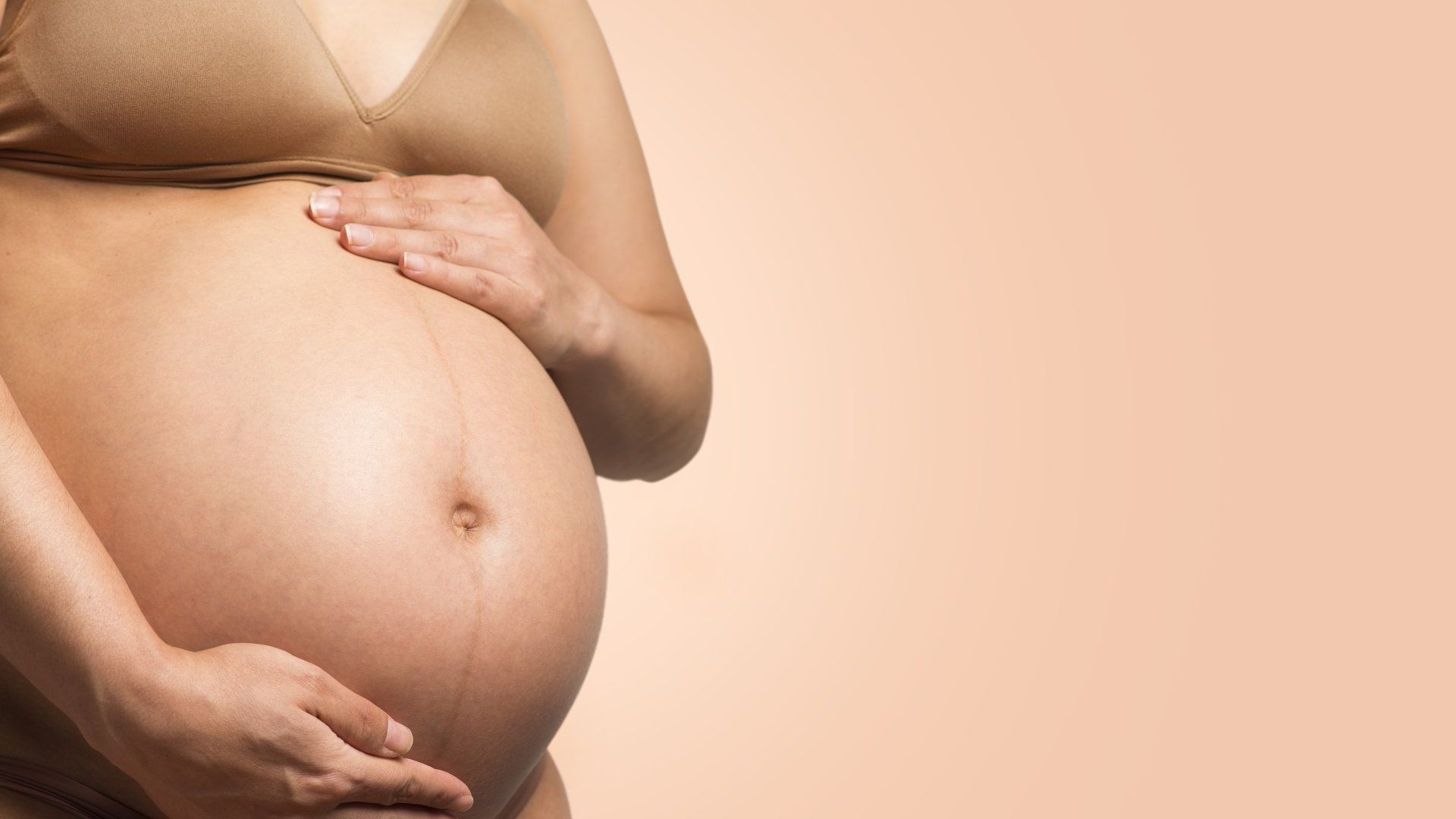
We believe small changes in our environment can have a big impact on our wellbeing & lives of others.
Latest from the journal

Popular Services
Contact & Connect
Australia Wide
Let's be friends, sign up and join the community!
Thank you for joining the Home Sanctuary community!
Please try again later.
All Rights Reserved | Home Sanctuary®




